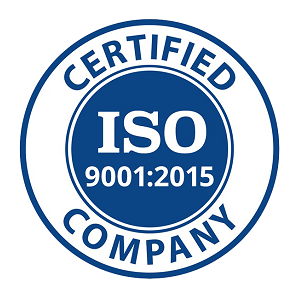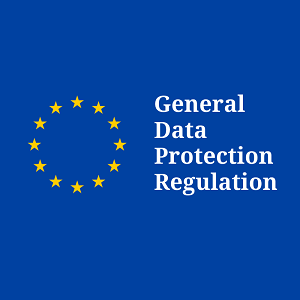Microfilm
Cull’s digital transformation centre offers solutions for the conversion and digitisation of both 16mm and 35mm microfilm.
Call Now:
0151 638 6000 for an instant quote.
Microfilm Conversion
Cull’s digital transformation centre offers solutions for the conversion and digitisation of both 16mm and 35mm microfilm.
Microfilm is a type of microform – a format of storing large amounts of information in a compact format; in this case, a roll of film.
There are two types of microfilm:
- 16mm reels which typically hold up to 2,400 A4-A3 sized documents
- 35mm reels which hold up to 600 A2-A0 sized images
Microfilm is sensitive and requires careful handling and storage to preserve its integrity. The emulsion that is used is sensitive to light, heat, humidity and chemicals, which can cause degradation, damage or loss of the microphotographs stored on the microfilm.
- Light: Microfilm can be damaged by exposure to bright light or prolonged exposure to moderate light.
- Temperature and humidity: High temperatures and humidity can cause the emulsion to soften and stick together, while low temperatures and humidity can cause it to become brittle and crack.
- Chemicals: Certain chemicals, such as those found in adhesives, cleaning solutions and storage containers can cause damage to the emulsion and reduce the quality of the image.
Digitisation of microfilm removes these worries completely as well as providing:
- Improved space savings
- Improved quality
- Searchability
- Fast retrieval
- Quick and easy access from anywhere in the world
- No need for special equipment
Cull can convert and digitise your microfilm archives in bulk or on demand. They will be scanned, indexed and saved to any format you choose normal PDF Files. The resultant images are as crisp and clear as the microfilm will allow with a high resolution.
Use our Quick Quote tool or Get in touch to find out how we can help you today.
Free Sample
We’ll scan some sample film images completely free of charge with no obligation. We’ll scan some sample cards completely free of charge with no obligation. You’ll end up with PDF images of your microfilms which as easily displayed on any PC. Meta data can then be added to the microfilm images to aid fast retrieval.
Request a Quotation
Microform
Cull’s digital transformation centre offers solutions for the conversion and digitisation of all formats of microfilm, microfiche and aperture cards.
Microfiche
Solutions for the conversion and digitisation of microfiche archives – the ultimate way to preserve information and integrity.
Aperture Cards
Solutions for the conversion and digitisation of aperture card images to digital formats for easier access and future preservation.
The Microfilm Scanning Process
We offer document scanning solutions across the UK. Here’s how it works in 3 simple steps:
1. We collect your microfilm from your premises and take them to our scanning centre.
2. The microfilm is scanned by our experienced team and exported to your chosen format.
3. We convert your documents into any format you choose and upload them to an encrypted USB, hard drive, your own business system or to our flexible document management software, whichever you prefer.
Ready to get started? Get your free quote now.
Case Studies
Case Study Title
Lorem ipsum dolor sit amet, consectetur adipiscing elit. Quisque luctus elit elit, in elementum leo imperdiet imperdiet. Pellentesque dapibus, elit sed pulvinar faucibus, turpis odio varius est, nec condimentum velit velit lobortis nisi.
Case Study Title
Lorem ipsum dolor sit amet, consectetur adipiscing elit. Quisque luctus elit elit, in elementum leo imperdiet imperdiet. Pellentesque dapibus, elit sed pulvinar faucibus, turpis odio varius est, nec condimentum velit velit lobortis nisi.
Case Study Title
Lorem ipsum dolor sit amet, consectetur adipiscing elit. Quisque luctus elit elit, in elementum leo imperdiet imperdiet. Pellentesque dapibus, elit sed pulvinar faucibus, turpis odio varius est, nec condimentum velit velit lobortis nisi.
Read More
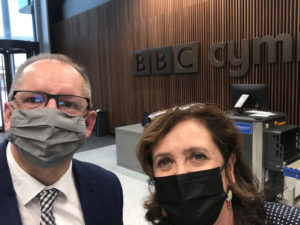
Microfilm Maintenance for BBC Cymru Wales
In November 2021, Cull visited BBC Cymru Wales New Broadcasting House to service the Canon MS400 Microfilm scanner that the BBC Archives department use to search information on old programmes.

10 Advantages of Digitising Your Documents
Digitising your documents can bring a whole world of benefits to your business. Here are our top 10 advantages.
CALL US ON 0151 638 6000 FOR AN INSTANT QUOTE
WHY CHOOSE CULL PAPERLESS?
SCANNING SERVICE EXPERTS
With over 250 years combined experience in document scanning and digitisation, you couldn’t be in better hands.
WE’RE SECURE & ACCREDITED
We’re ISO accredited and compliant with all British Standards for document and data management.
WE HANDLE WITH CARE
Your documents will never go through third party hands, they will be with our experts from start to finish.
WE VALUE YOU
Our customers are at the heart of everything we do. Keeping you happy, keeps us happy.
UNBEATABLE QUALITY STANDARDS
We pride ourselves on the accuracy and quality of the work we do. You won’t find better.
INDUSTRY-LEADING TECHNOLOGY
State-of-the-art Optical Character Recognition and Kodak scanners ensure we provide the highest standard of scanning services.
Testimonials
You and your colleagues provide an extremely efficient service and we are happy to continue asking you to shred and to scan all our paperwork.

Over the 5 years that we have used the Cull secure document system, we estimate that we have saved over £20,000 in storage and recovery charges, and we now have a very efficient system of digitised information access and recovery, which has in turn saved us hours and hours of wasted staff cost in time spent looking for files that haven't been put back where they belong.

Our scanned files are now instantly accessible when required and searchable for the required documents. Cull have worked with us at our pace and were happy to take us through their GDPR procedures. The service is exceptional, queries are quickly responded to and they are a pleasure to work with.

We have now disposed of our central storage unit, and we can find everything we need at the click of a button. This allows us to work more efficiently and has saved a considerable amount of space.

Historically we had always microfilmed all of our invoices and various other financial records. However, after taking the time to understand our needs, Cull Paperless Solutions provided us with an up-to-date solution for our record keeping. Since then, we have further extended our document imaging to within the Quality Department. Now that we are scanning our business-critical documents, searching for that elusive invoice is no longer a chore.
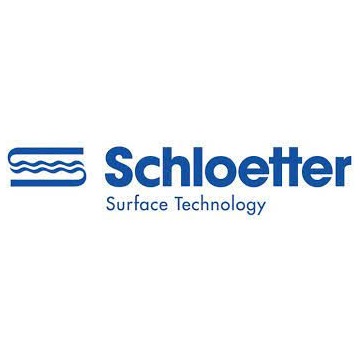
We have worked with Cull for years and have always found them to be friendly, reliable, and knowledgeable about document management. We can now find everything we need at the click of a button and believe we have achieved considerable cost savings as a result.
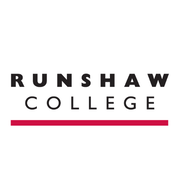
You provide advice as well as pure collection, delivery, and processing, and nothing is too much trouble when it comes to the practical aspects.

Letton Percival Ltd. is seeking to obtain Cyber Essentials, and I am delighted that Cull Paperless will help us achieve this qualification.

Microfilm FAQ's
Microfilm is a type of microform – a format of storing large amounts of information in a compact format; in this case, a roll of film.
There are two types of microfilm:
- 16mm reels which typically hold up to 2,400 A4-A3 sized documents
- 35mm reels which hold up to 600 A2-A0 sized images
Microfilm is a roll of images like a movie reel usually either 16mm or 35mm in size while microfiche is a flat sheet of microfilm. Because the documents are usually reduced to about 1/25 their normal size, microform storage can easily store thousands of documents without taking up much space.
The first use of commercial microfilm was developed by a New York City banker, George McCarthy, in the 1920’s. In 1925, McCarthy was issued a patent for his Checkograph machine, designed to make permanent film copies of bank records.
In the 1930s, a 35mm microfilm camera paved the way for newspaper preservation, still one of the main areas that microfilm is used. In the UK during the 1960’s, Microfiche became popular for the reduction of paper files in offices usually for A4 sized paper with one Microfiche normally holding 60 images of A4.
The costs of digitisation are specific to each project. Our team will provide you with a detailed analysis for an accurate quote. The most significant factors that affect the price of a project are the total volume of documents to be scanned and the indexing required. Have a chat with one of the team today to find out more.
If stored properly, microfilm has a 500-year lifespan and is known as truly Archival.
- Pack your microfilm tightly to prevent oxidation
- Ensure the temperature of the storage facility does not exceed 21°C (70°F).
- Ensure the humidity of the storage facility does not exceed 50%
- Limit exposure to light
- Keep your storage facility clean
- Don’t paint rooms without removing your microfilm first
Accreditations & Certification

